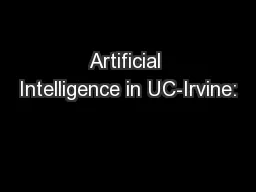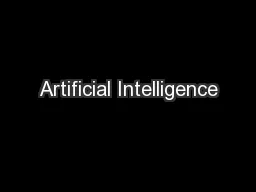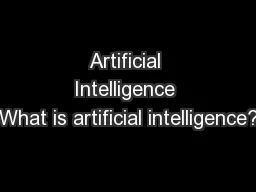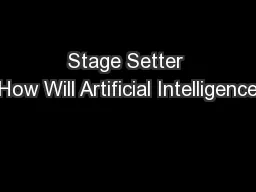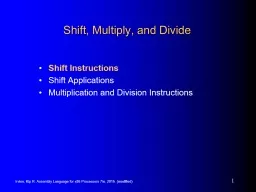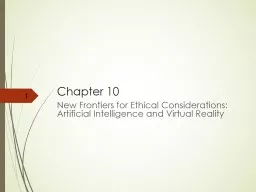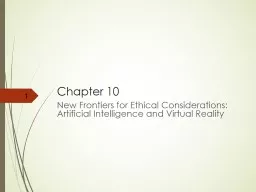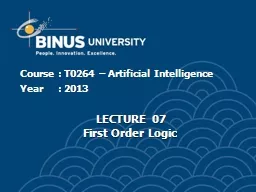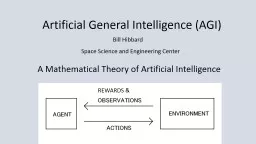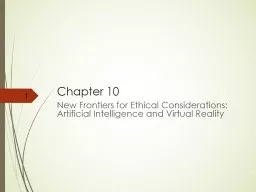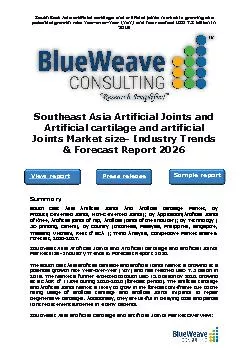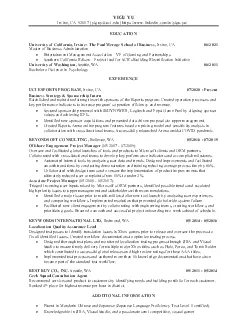PPT-Artificial Intelligence in UC-Irvine:
Author : marina-yarberry | Published Date : 2017-07-25
Automated Reasoning with Graphical models Rina Dechter Bren school of ICS University of California Irvine ICS 90 November 2016 Agenda My work in AI How did I get
Presentation Embed Code
Download Presentation
Download Presentation The PPT/PDF document "Artificial Intelligence in UC-Irvine:" is the property of its rightful owner. Permission is granted to download and print the materials on this website for personal, non-commercial use only, and to display it on your personal computer provided you do not modify the materials and that you retain all copyright notices contained in the materials. By downloading content from our website, you accept the terms of this agreement.
Artificial Intelligence in UC-Irvine:: Transcript
Download Rules Of Document
"Artificial Intelligence in UC-Irvine:"The content belongs to its owner. You may download and print it for personal use, without modification, and keep all copyright notices. By downloading, you agree to these terms.
Related Documents

